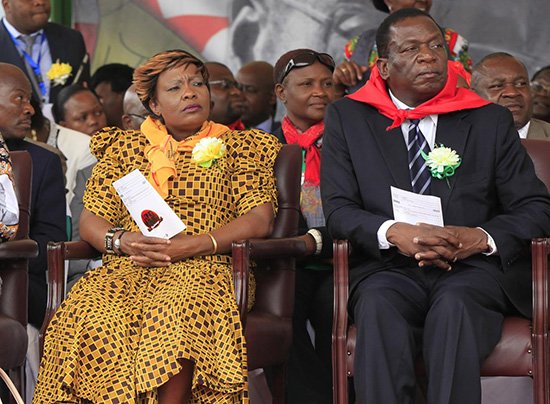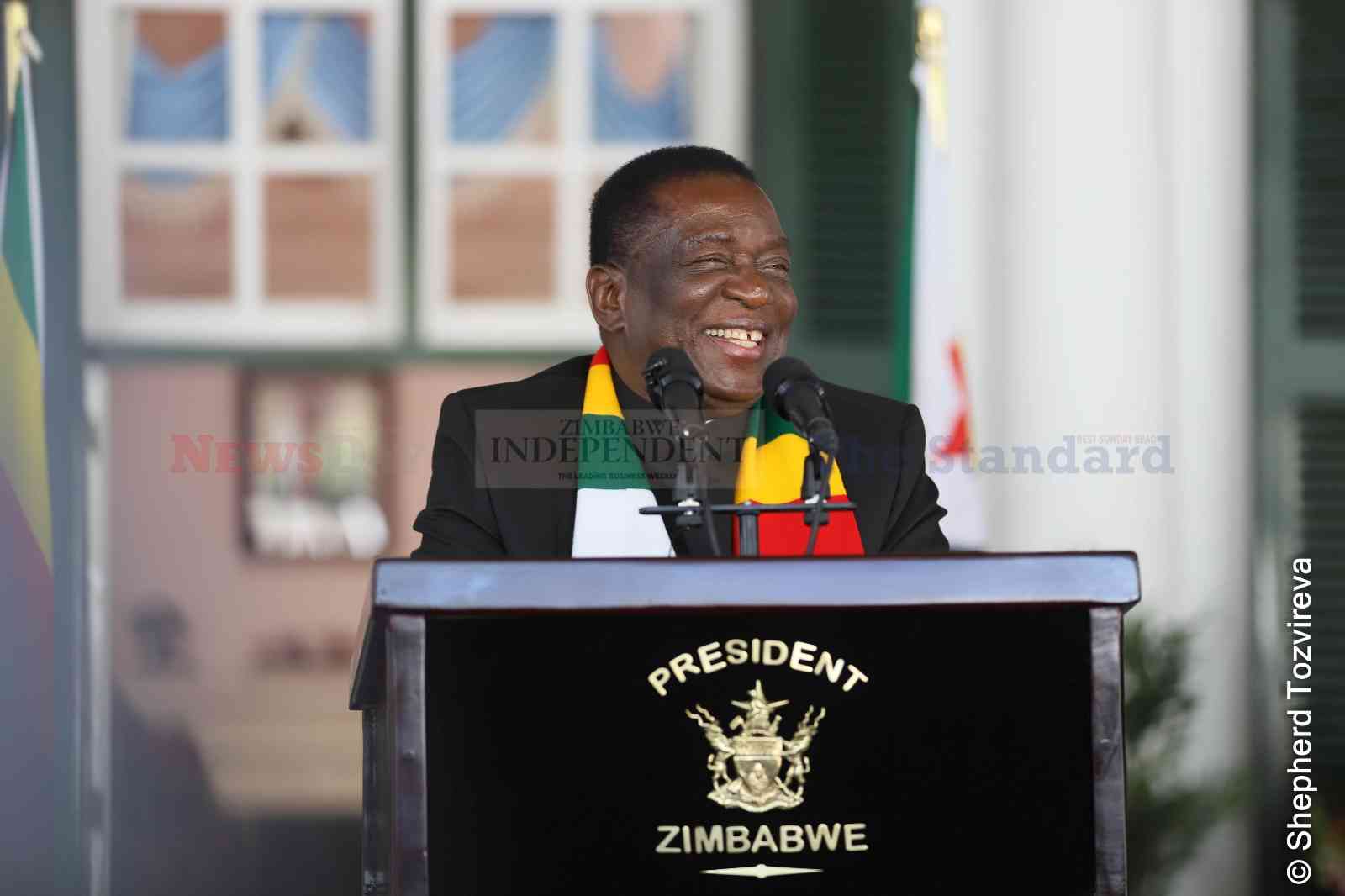
editorial comment
To help citizens to appreciate the impact of tax incentives, the national budget missed the opportunity to disclose what has been earned by the mining sector per revenue head since January 2011 against tax revenue forgone per each revenue head. On a positive note, the Treasury hinted “…. government, going forward, will streamline incentives with a view to prioritise the development of local value chains and exports.” This falls into line with Africa Mining Vision’s thrust to ensure that where necessary, tax should be used as a tool to promote local value addition and beneficiation as well as mining linkages with other economic sectors.
Enhance fiscal linkages
Obviously, the “use it or lose it” principle is key to ensure that mineral claims that are not going to be utilised in a foreseeable future must be forfeited to allow new players to unlock the stranded mineral assets. Use it or lose it principle offers government an opportunity to optimise tax revenue from the disposal of released mining blocks which have proven geological potential. However, because of the opaqueness of the current system in which mineral rights are granted, first come first serve basis, cronyism and corruption are unchecked.
Last year (2018) Zimplats released roughly 24 000 hectares of platinum claims to government. The Great Dyke is known as a mineral pregnant belt which cuts across Zimbabwe. In this instance, government must have auctioned the mineral blocks released by Zimplats in an open manner. As recommended by the Africa Mining Vision (AMV), competitive bidding allows government to pick a bidder who offers a greater development dividend – tax revenue, infrastructure, skills transfer, local supply chains and value addition and beneficiation. Without discrediting the US$4,2 billion Karo platinum deal, based on mineral blocks released by Zimplats, it is hard to assess if the deal offers optimal developmental returns to the nation.
This is so because there is no basis to compare the $4,2 billion Karoo deal with what other investors were willing to offer. A good glimpse of the fiscal impact of associated with released mineral blocks can be taken from the statement below by Anglo American company, extracted from company’s 2011 integrated annual report.
“The government of Zimbabwe has also agreed to ensure that the company will receive payment of the amount of $142 million due to it for the cession, in March 2008, of the Kironde and Bougai mineral right claims. This payment will be in lieu of empowerment credits due to it as per the 2008 cession of claims agreement and is in addition to the amounts that will be receivable in respect of the disposal of the 51% equity in Unki.”
Clearly, the statement illustrates why the Treasury must have interest on the “use it or lose it principle” as a leverage for domestic resource mobilisation by curbing opaqueness which breeds cronyism is the disposal of released mineral blocks. Another development which buttress why the Treasury must harness fiscal linkages from “the use it or lose it principle” is Mimosa’s interest in purchasing or leasing platinum blocks owned by Unki.
- Chamisa under fire over US$120K donation
- Mavhunga puts DeMbare into Chibuku quarterfinals
- Pension funds bet on Cabora Bassa oilfields
- Councils defy govt fire tender directive
Keep Reading
During the pre-budget public consultation, we demanded that all mining mega deals must be presented in Parliament for scrutiny to ensure the deals are well aligned with national development interests. The 2020 national budget disclosed that “…investment agreements in platinum, gold and chrome, which have been concluded, are expected to boost output in the sector.”
The Constitution, section 315(2)(c) requires an Act of Parliament to guide negotiation and performance of mining agreements to ensure transparency, honesty, cost effectiveness and competitiveness. Worryingly, the 2020 national budget failed to push for contract transparency and to support Parliament scrutiny on the fiscal terms and conditions of the mega mining deals.
For Zimbabwe, the 1888 mining agreement, the Rudd Concession, is a stern reminder of how far mining agreements can prejudice national interests. It is easier for some to dismiss reference to the Rudd Concession. Some might argue, the agreement was signed a century ago, so much has changed, government is now better placed to negotiate good deals.
With Winston Chitando at the helm of the Mines and Mining Development ministry, a man with an impeccable mining background as the former executive chairperson of Mimosa, what can go wrong, one can argue. Yet, secretive mining agreements, it must be noted, allow corruption to fester. Even if we discount corruption, the hugeness of financial transactions involved, must not lack checks and balances to ensure mega mining deals are tailored to deliver mega and not meagre benefits to citizens. Communities rights
The 2019 mid-term budget review issued a death certificate to the indigenisation and economic empowerment framework which also included community share ownership schemes (CSOTs).
Constitutionally, “The State must ensure that local communities benefit from the resources in their areas.” To address the gap created by the scrapping of the indigenisation of economic and empowerment framework, we demanded the inclusion of revenue sharing arrangements between central and resource-rich local governments. For example, 20% of mineral royalties must be ploughed back in areas where the resources are extracted. That way, CSOTs will have a sustainable revenue stream to finance local socio-economic development.
Review of platinum royalties
Part of our contribution during the formulation of the 2020 national budget was the need for the Treasury to honour a commitment made in the 2018 national budget to review platinum royalties in August 2019. A commitment was made because the platinum royalties were deflated from 10% to 2,5% to ensure fairness and equity among the platinum producers. Prior to this arrangement, ordinary platinum lease holders like Mimosa were paying 10% royalties while special lease holders – Zimplats and Unki were paying 2,5%. The reason for the August 2019 deadline for the review of platinum royalties was that the stabilisation agreement between government and Zimplats was set to expire in that period, hence an opportunity for government to increase royalties without renegotiating its way out of the stabilisation clause. Currently, platinum royalty rates are half the rate of the gold sector and marginally higher than base metals by 0,5%. Regrettably, Treasury continues to renege on its promise to review platinum royalties.
Parliament can still salvage the situation
Disclosure of duty concessions given to the mining sector is the only silver lining in the national budget from a good mineral resource governance lens. Treasury failed to demonstrate how the 2020 national budget is scaffolded on the US$12 billion mining strategy by 2023. Our input during the pre-budget public consultations was largely ignored. No safeguards were put in place to ensure communities benefit from resources in their localities as required by the Constitution. On EITI, the national budget failed to meet the bottom bar set by the 2020 pre-budget strategy on coming up with clear milestones for implementing EITI.
Reference to the use it or lose it principle is made only from the productivity point. Yet the national budget can leverage on competitive bidding to curb rent-seeking behaviour in the disposal of mineral blocks which have significant interest from several investors. The plans by Mimosa to purchase or lease platinum claims is a reminder to government that there is potential to raise revenue from released platinum claims, for example. There is lack of urgency to comply with the Constitution when it comes to transparency and accountability in the negotiations and performance monitoring of mining agreements.
As such citizens do not have a clue whether the US$12 billion mining sector will deliver optimal benefits to the nation. Since this is a budget proposal, Parliament must stand its ground to ensure that the 2020 national budget is well hinged on the US$12 billion mining strategy and the delivery of necessary mining fiscal transparency reforms.











